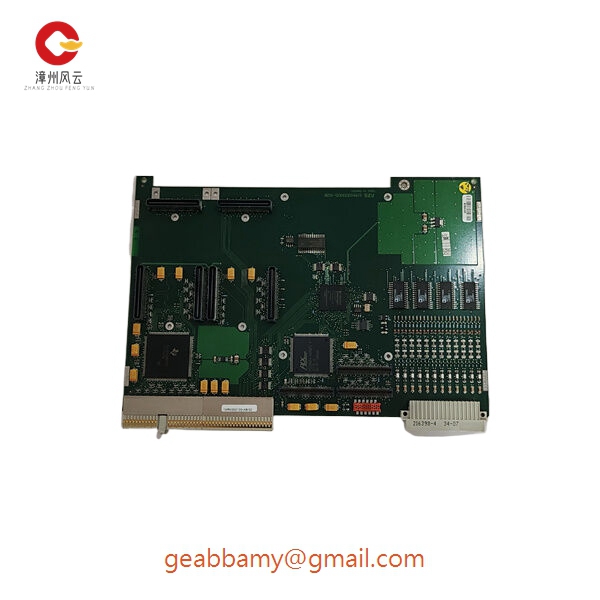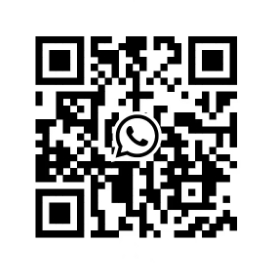Product code: N/A
PDD500A101 Vibration Energy Harvester
📣Model Number:PDD500A101
🌍Country of origin: USA France Germany Estonia Norway UK
⌚Delivery date: in stock
🛠After-sales service: brand new with one year warranty
⚙️ Product Category: Module/Controller/Server/Motor/Touch Screen
🕰Warranty: 12 months/365 days
☎️ Please contact me: 15359029662 Ms. Amy Sun
📎Chinese official website: www.dcsplcabb.com
📩Email: geabbamy@gmail.com
💬Whatsapp: +86 15359029662
Detailed content
PDD500A101
The PDD500A101 supports up to 2GB of system memory, a Gigabit LAN controller, 2 Serial ATA 2.0 ports with speeds up to 3Gb/s, 8 USB 2.0 ports, 4 PCIe x1 interfaces, 4 PCI interfaces, 8-bit DIO and an HD audio interface. This mobile embedded module board is ideal for applications requiring a stable version control platform. For applications requiring a low-power solution with passive cooling, the CD905-B2600 uses the Intel Atom N2600 processor to provide medium performance with a clock speed of 1.6GHz and features an integrated graphics controller clocked at 400MHz. Status LEDs on the face of the module indicate the status of the relays. 8 optically isolated input channels are protected to 2,500 Vdc. Each channel accepts independent wet inputs of 10 ~ 30 Vdc, sinking or powered. The module’s general ESD protection is 2,000 Vdc. The USB-4761 includes screw terminals on a pluggable bar connector for easy I/O connection. the module is powered by the USB port, eliminating the need for an external power supply, and has an LED to indicate that power is available. the USB-4761 comes with a wide range of free software to support the module.
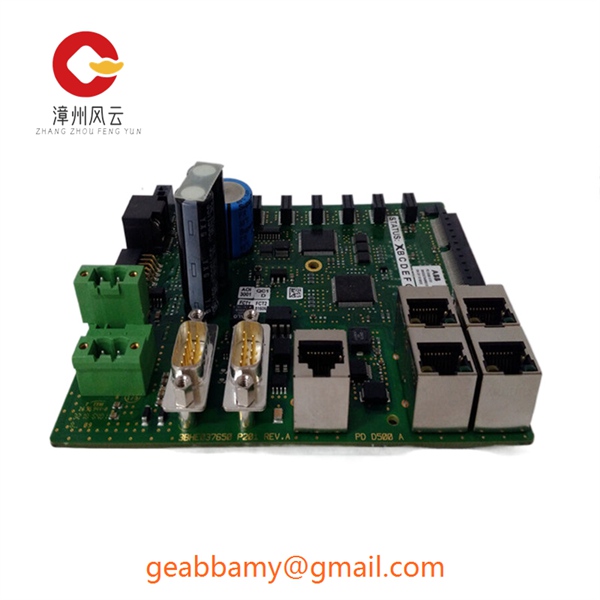
PDD500A101 The CD905-B2800 with Intel Atom N2800 processor runs at 1.86GHz clock speed and 400MHz graphics. For optimal performance, the CD905-B2700 uses the Intel Atom D2700 processor with a 2.13GHz clock speed and 640MHz graphics frequency. All three processors include integrated graphics with VGA and LVDS interfaces for dual independent displays. In addition, the platform family includes Intel Hyper-Threading Technology, which provides thread-level parallelism and significantly improves the performance of multi-threaded applications. The modules also support many of the configurable features found in more expensive lab I/O, such as interrupt support for inputs and holdover power-up default state configuration for output channels.




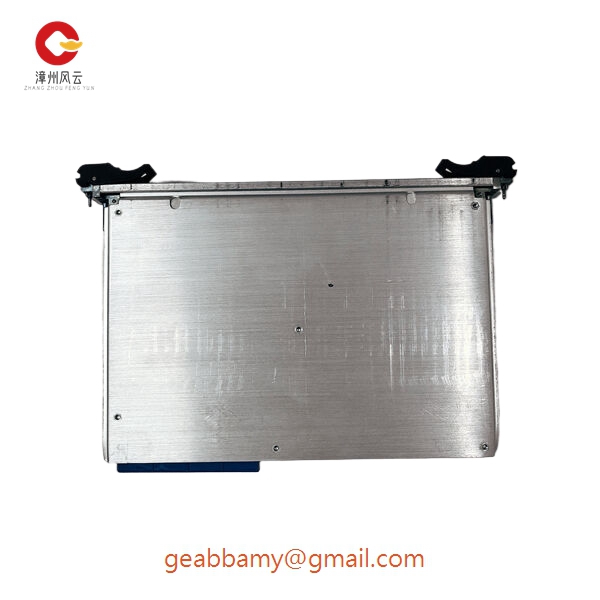
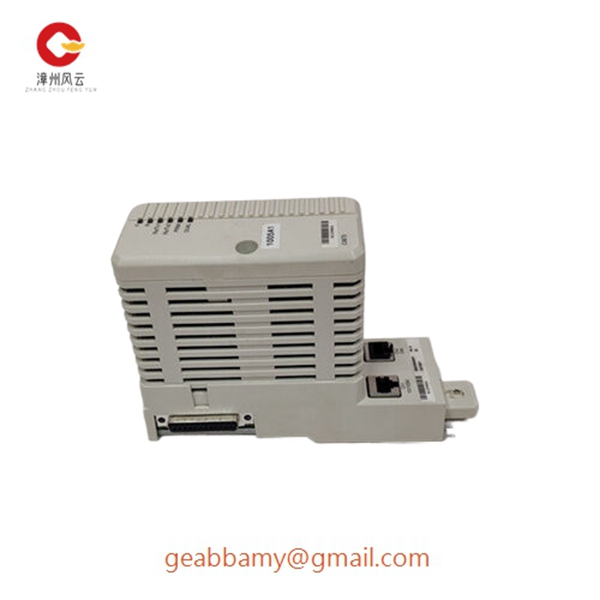
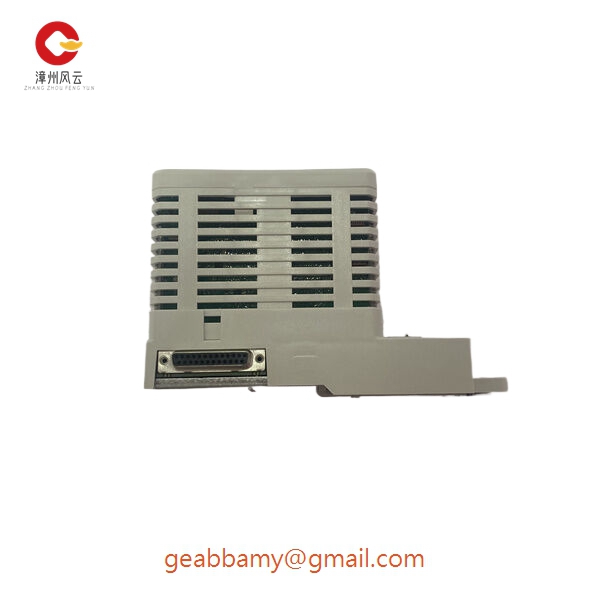
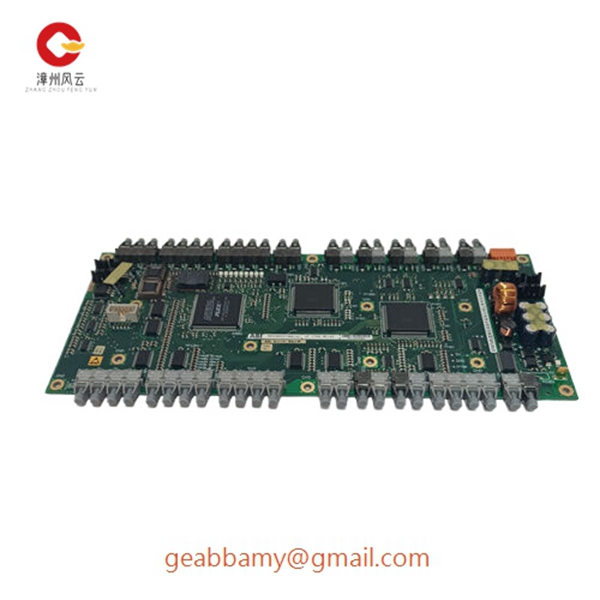
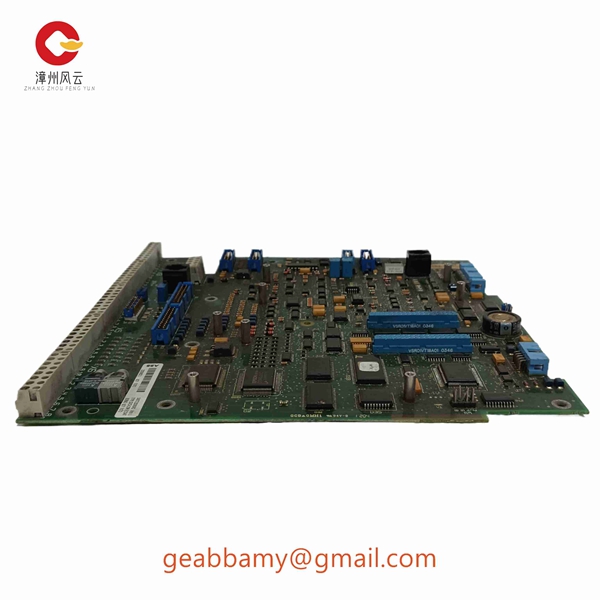
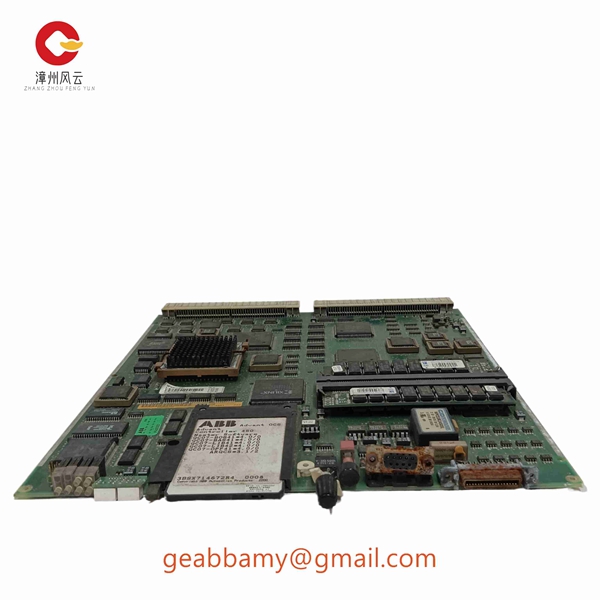
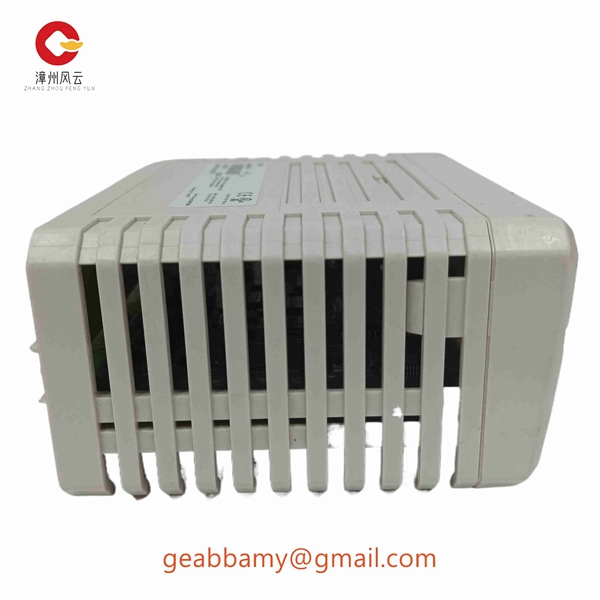
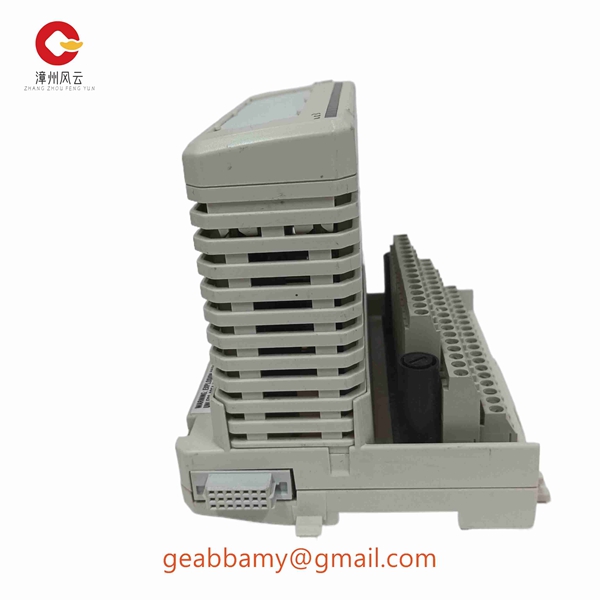
_副本.jpg)
_副本.jpg)
